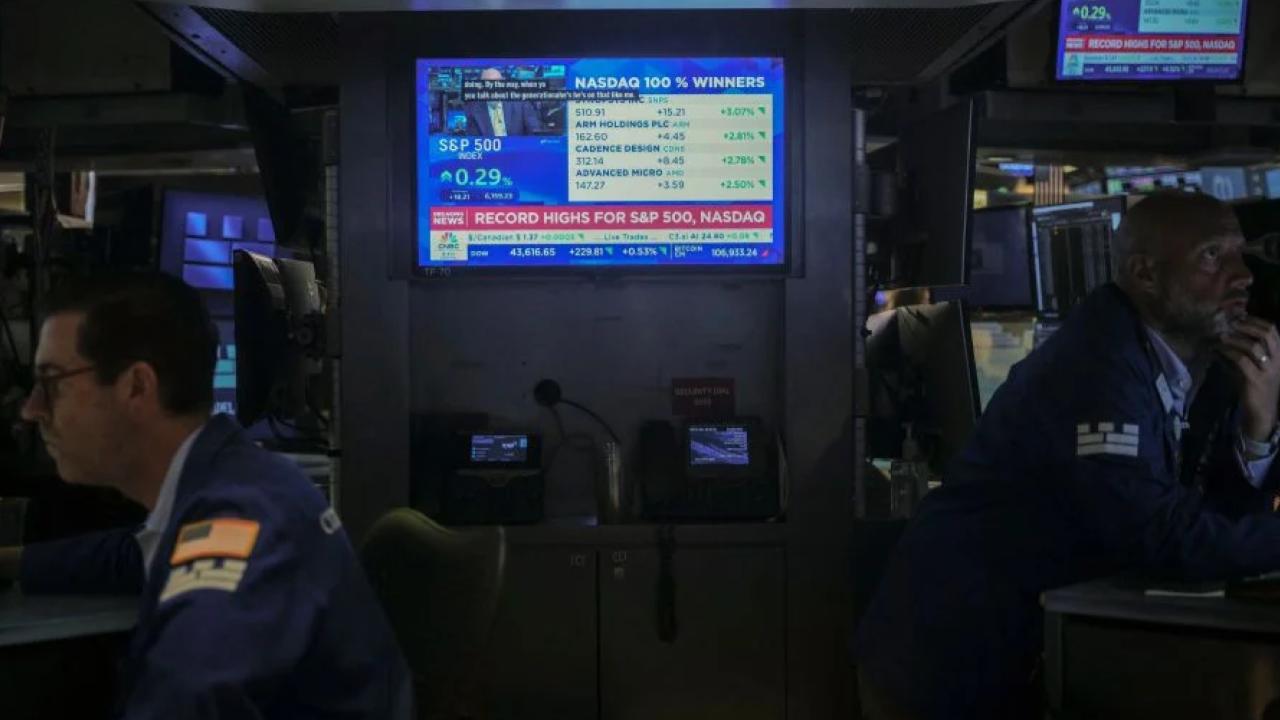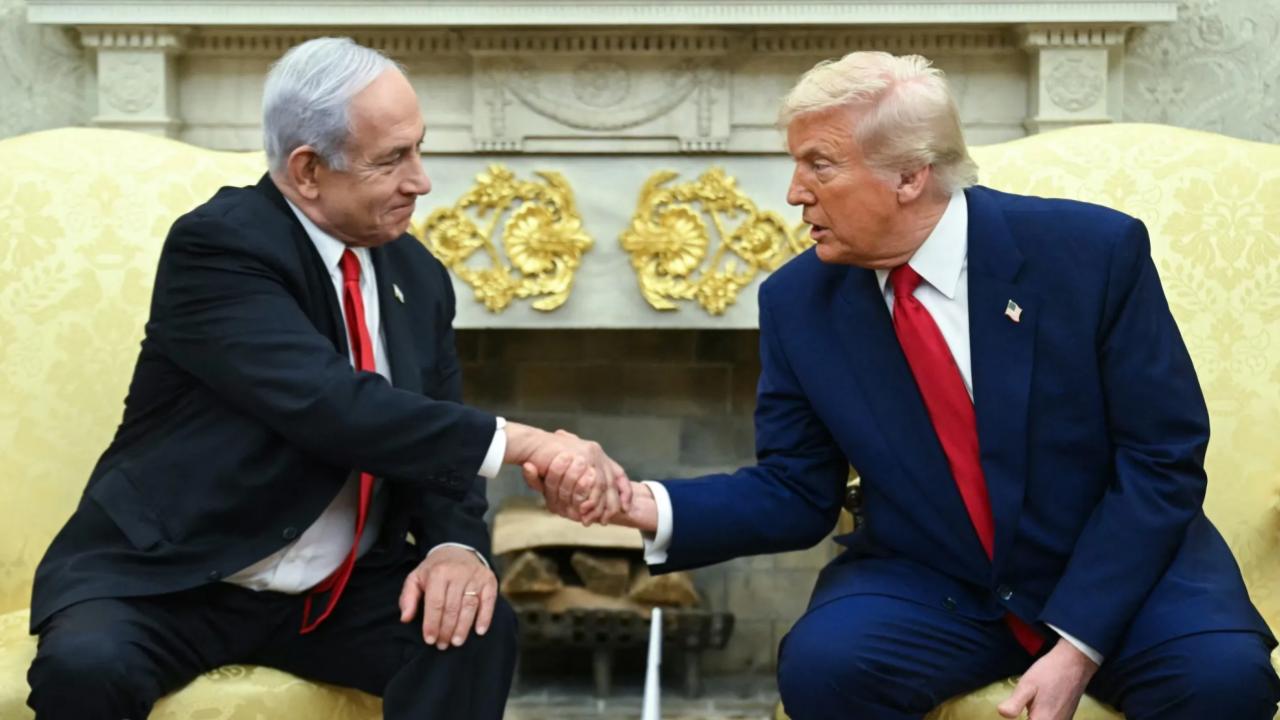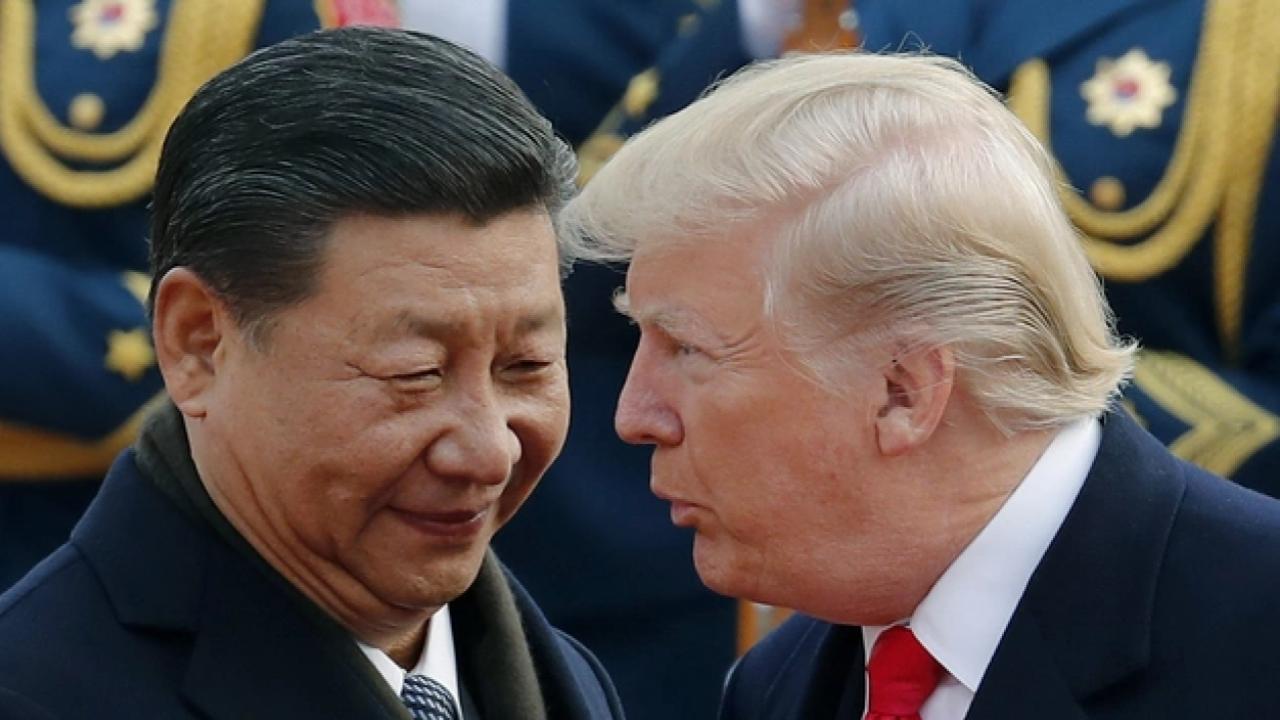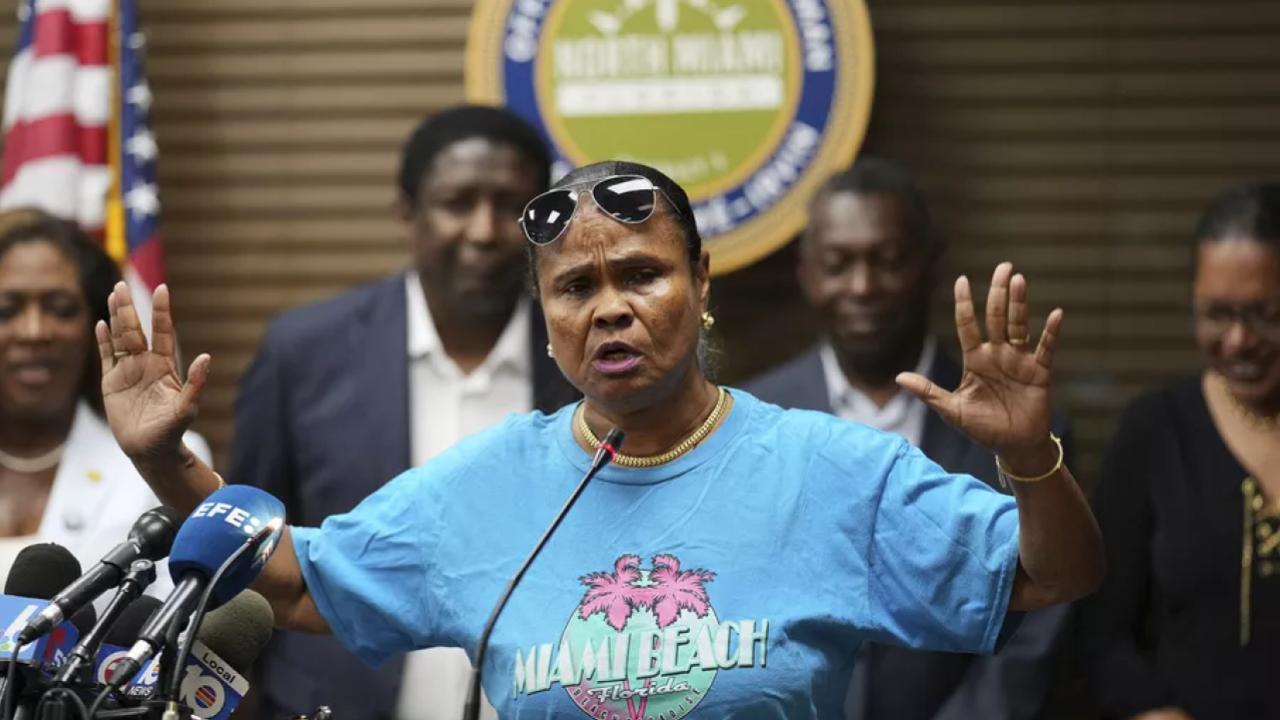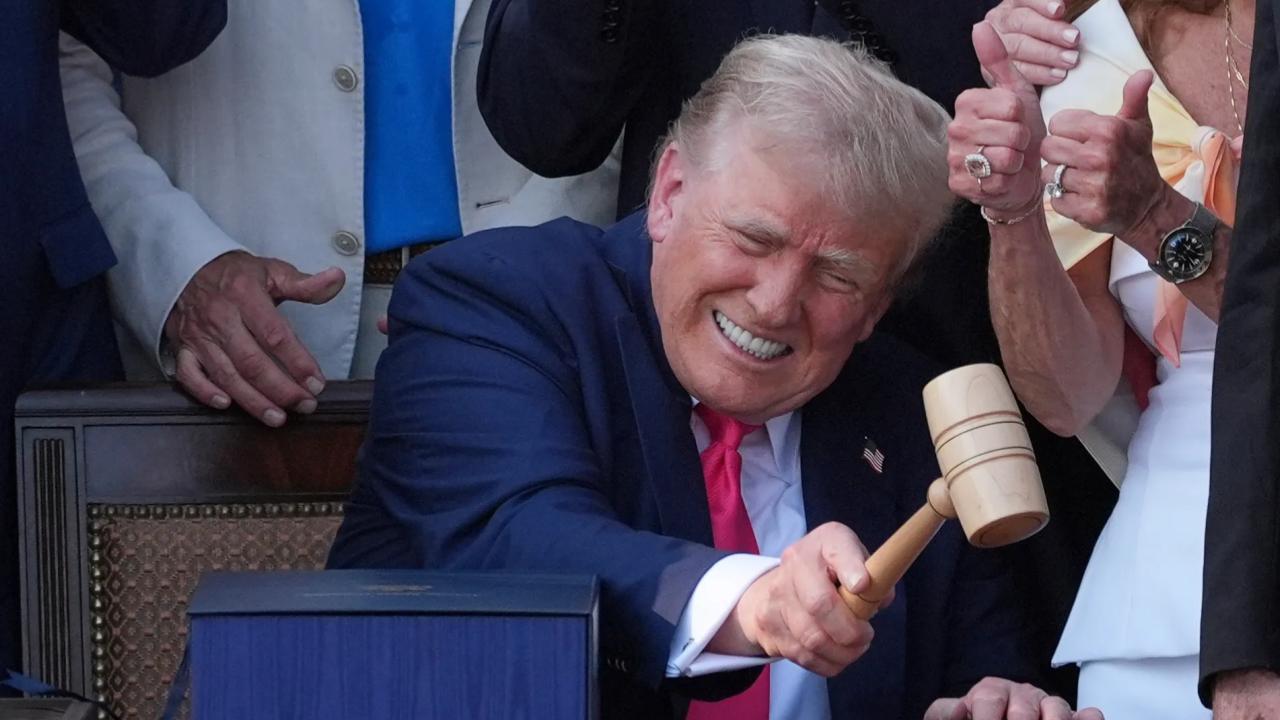California Governor Gavin Newsom is pushing back hard against former President Trump’s deployment of 4,000 National Guard troops—and even Marines—to Los Angeles. He argues it wasn’t just excessive; it was an unconstitutional overreach.
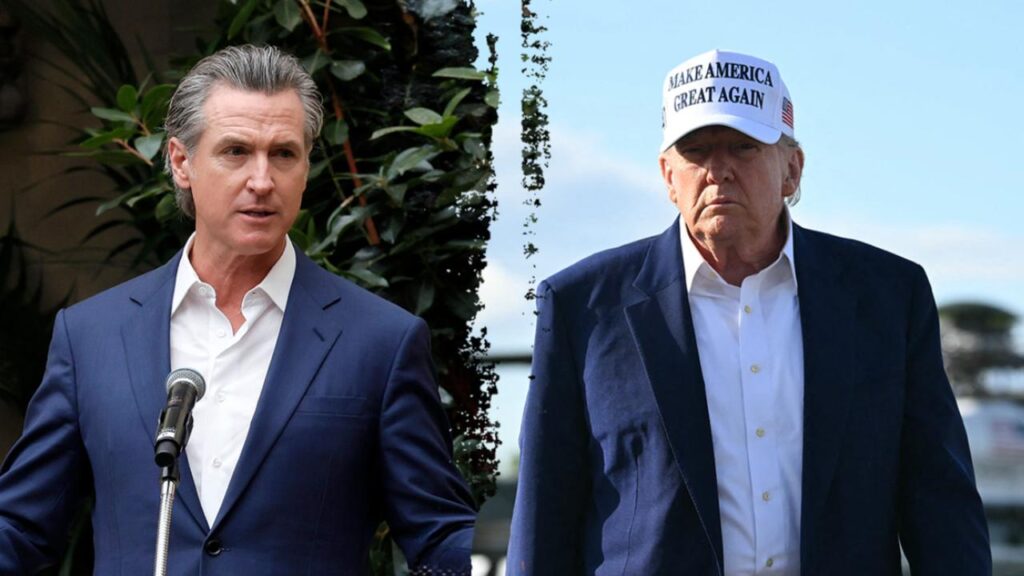
“President Is Not Above the Law”—Newsom Fires Back at Trump
| Insight | Stat |
|---|---|
| Ninth Circuit allowed Trump’s Guard control but rejected his “no review” claim | 3‑0 unanimous ruling on June 19, 2025 |
| CA deployed ~4,000 Guard and 700 Marines amid June 2025 LA protests | June 6–present protests |
| Legal challenge filed under Newsom v. Trump on June 9, 2025 | Docket 3:25‑cv‑04870‑CRB |
What began as a protest in LA has morphed into a constitutional showdown. Governor Newsom’s lawsuit challenges where executive power ends and state authority begins. With more hearings ahead, this case may redefine how—and when—a president may use military force domestically. One thing’s certain: in Newsom’s view, “the President is not above the law.”
What Sparked the Standoff
In early June 2025, Immigration and Customs Enforcement (ICE) conducted raids across Los Angeles, igniting protests—some violent—near federal sites. In response, President Trump federalized California’s National Guard and tapped 700 Marines to “secure federal property”.
Governor Newsom condemned it as “reckless,” unnecessary—and warned it would escalate tensions. On June 9, he filed the lawsuit Newsom v. Trump in federal court, accusing Trump of violating 10 U.S.C. § 252, the Tenth Amendment, and the Posse Comitatus Act.
The Courts Step In: A Legal Tug‑of‑War
- District Court (June 12): Judge Charles Breyer ruled in favor of Newsom, halting the federal takeover and restoring Guard authority to the governor.
- Ninth Circuit Appeals (June 19): A 3‑judge panel stayed that injunction, siding with Trump—though it dismissed claims that the president’s actions couldn’t be reviewed by courts. They found evidence (clashing protesters, thrown projectiles) enough to justify intervention.
Even as they allowed Trump to keep control, judges stressed legal limits remain—e.g., prohibitions under the Posse Comitatus Act still apply.
Newsom’s Bold Response
After the appellate ruling, Newsom released a statement: “The court rightly rejected Trump’s claim that he can do whatever he wants … The President is not a king and is not above the law.”
He argued the federalization amounted to authoritarian overreach and vowed to continue fighting, stating the state will hold the President accountable.
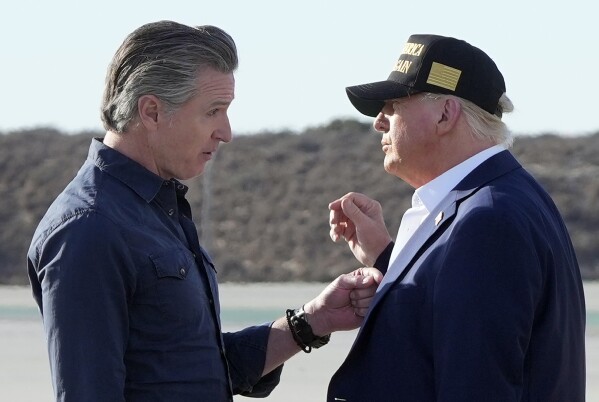
Why This Matters
1. Federal vs. State Authority
The case puts a spotlight on the balance of power: Can a president federalize a state’s militia without its governor’s consent? Newsom argues such action requires genuine local incapacity to manage unrest—especially under Precedents like Sterling v. Constantin (1932) and the Tenth Amendment (anti‑commandeering).
2. Posse Comitatus Limits
Even when troops are under federal control, they’re barred from active law enforcement—absent Insurrection Act exceptions. The state claims deploying Marines for protests crossed that line.
3. Judicial Oversight
Although courts affirmed the president’s authority, they rejected any claim of blanket immunity from review—keeping checks and balances alive.
Background: The LA Protests
- Rise of protests: ICE raids started June 6, drawing thousands into LA streets—mostly peaceful, some violent.
- Federal deployment: June 7 saw initial 2,000 Guards; June 9 expanded to 4,000 Guards and 700 Marines, forming “Joint Task Force 51”.
- Local response: LAPD chief noted their forces could handle the situation—Newsom called it inflammatory and premature.
What’s Next?
The case heads back to the District Court for full hearings potentially revealing deeper constitutional implications. Political reactions are polarized:
- Democrat-led states (e.g., Michigan, Pennsylvania) backing Newsom’s stand
- Some Republicans, like Senator Susan Collins, support Trump while warning against going too far
What happens here could set a major precedent around presidential emergency powers and state sovereignty.
FAQs
Can the president deploy the National Guard at will?
Only under strict conditions. The Insurrection Act (10 U.S.C. § 252) lets the president act when state authorities cannot enforce U.S. law, but courts can—and have—reviewed whether those conditions are met.
What is the Posse Comitatus Act?
It’s a post-Reconstruction law (1878) that stops federal troops from enforcing domestic law—unless Congress or another act (like the Insurrection Act) explicitly allows it.
Why did the Ninth Circuit allow Trump to keep control?
They found “undisputed facts”—stones, bottles, and violent clashes—gave Trump enough statutory justification to federalize the Guard, even as they retained oversight authority.


